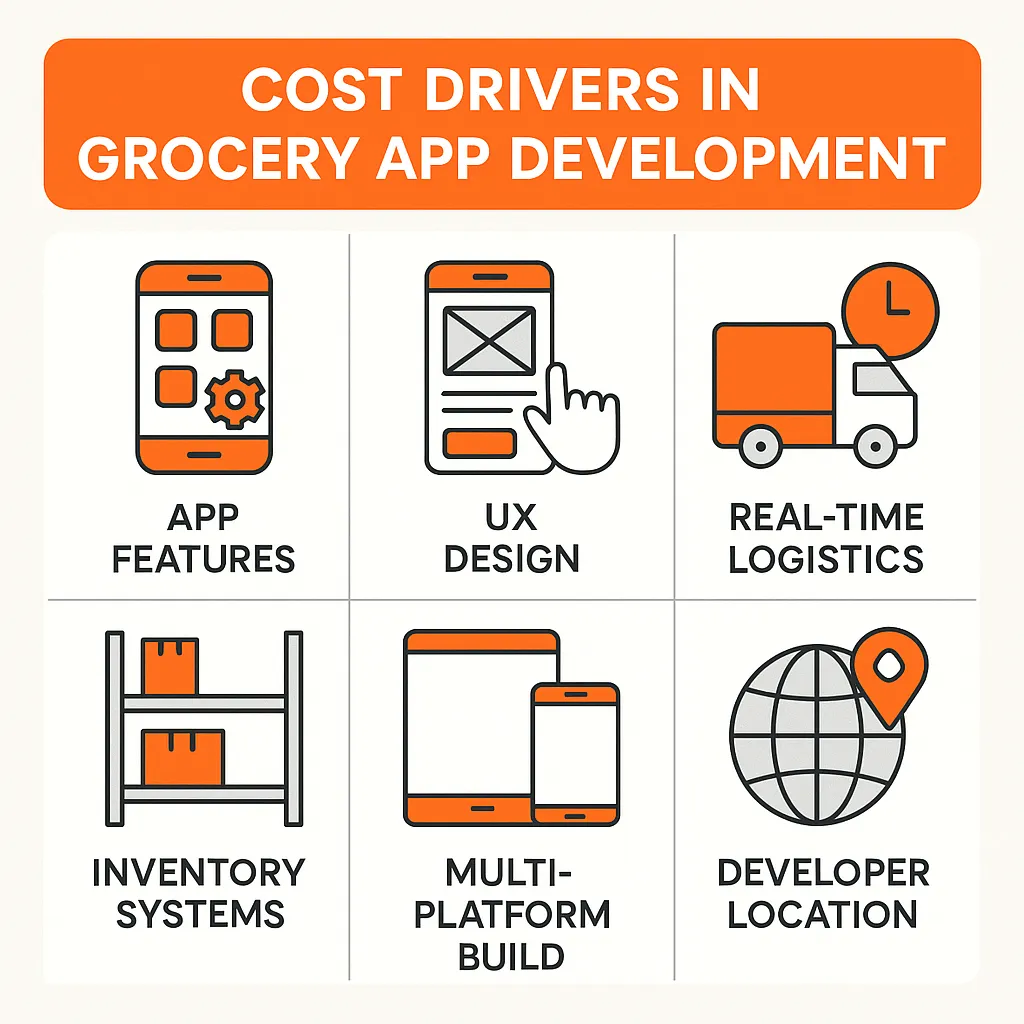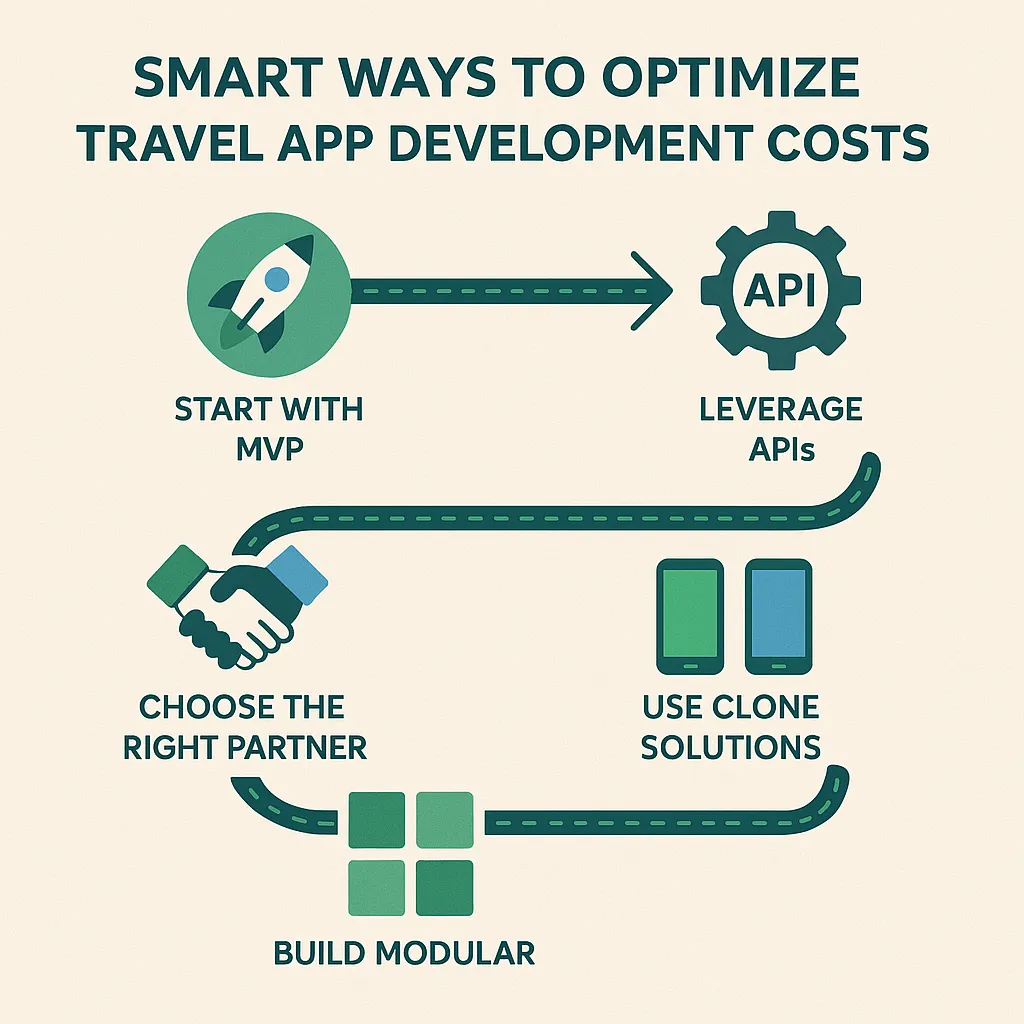Grofers App Development Cost in 2025 : Full Guide
Create a powerful, customizable streaming solution with Miracuves’ Grofers, equipped with high-performance features and next-gen technology.
Thinking about launching your own grocery delivery platform like Grofers? Before you dive into features or app monetization strategies, it’s crucial to understand what it will cost to build.
A Grofers-style app isn’t just an eCommerce tool — it’s a complete logistics and delivery engine. From inventory search and real-time tracking to multi-warehouse integration and user-friendly UI, building a grocery delivery platform involves more than just a cart and checkout.
If you’re a grocery tech entrepreneur, D2C retailer, or startup founder entering the hyperlocal delivery space, knowing the Grofers app development cost helps you plan better, control your budget, and scale with confidence.
In this blog, we’ll break down the cost influencers, regional price differences, complexity-based pricing, and cost-saving tips — so you can launch the right way.

Key Factors That Influence Development Cost
There’s no fixed price tag for a Grofers-like app. Your total cost depends on the scale of the project and the depth of your feature stack.
Here are the biggest cost drivers:
App Features & Scope → A simple grocery order-and-pay app is more affordable than a full-stack delivery engine with real-time inventory, driver assignment, and CRM integrations.
User Experience (UX) Design → Grocery apps require fast, responsive, and intuitive UX to compete. More polish = more design hours.
Real-Time Tracking & Logistics → Adding features like live driver tracking, delivery slot selection, or route optimization increases backend complexity and cost.
Inventory & Warehouse Management → If your app integrates with vendor inventories or warehouse systems, expect custom APIs and admin modules.
Multiple Platforms → iOS, Android, and web apps require separate front-end work or a cross-platform solution.
Development Team Location → Costs vary by geography. India and Eastern Europe offer lower rates without sacrificing quality.
Tech Stack & Scalability → Building for high-volume grocery traffic means robust infrastructure, caching layers, and microservices — all of which add development hours.
Grofers App Development Cost by App Complexity
To give you a clearer picture, here’s a breakdown of average development costs based on how complex your grocery app needs to be.
This range includes UI/UX design, frontend and backend development, QA testing, and basic post-launch support — but not marketing or infrastructure fees.
|
App Type
|
Estimated Cost Range (USD)
|
Description
|
|---|---|---|
|
MVP (Minimum Viable Product)
|
$15,000 – $30,000
|
Core features: user profiles, product catalog, search functionality, shopping cart, checkout, payment gateway, and basic order tracking.
|
|
Standard Version
|
$30,000 – $70,000
|
Advanced features: multiple payment options, user reviews, search filters, admin panel, push notifications, basic analytics.
|
|
Full-Featured App
|
$70,000 – $150,000+
|
Advanced capabilities: AI-based product recommendations, real-time order tracking, multi-vendor integrations, custom UI/UX design, advanced analytics.
|
Average Cost Estimates by Region
Where your team is based can affect your budget by tens of thousands of dollars. Here’s a cost comparison based on region:
|
Region
|
Hourly Rate (USD)
|
Typical Cost for Standard App
|
|---|---|---|
|
North America
|
$100 – $200/hr
|
$100,000 – $200,000+
|
|
Western Europe
|
$80 – $150/hr
|
$80,000 – $160,000+
|
|
Eastern Europe
|
$40 – $80/hr
|
$40,000 – $90,000+
|
|
India & Southeast Asia
|
$20 – $50/hr
|
$20,000 – $60,000+
|
Why Many Startups Choose Offshore Teams (Especially in Asia):
Cost-efficiency without compromising on talent
Larger resource pool for full-stack development
Faster delivery cycles thanks to scalable team models
While going offshore can save you money, vetting your development partner is critical. Always check past work, communication practices, and post-launch support.
Cost Breakdown by Development Stage : Grofers Clone
Understanding how your budget is distributed across different stages of development is crucial for effective planning. Here’s how the costs of developing a Grofers clone app are typically divided:
|
Development Stage
|
Estimated % of Total Cost
|
Includes
|
|---|---|---|
|
Discovery & Planning
|
5–10%
|
Market research, competitor analysis, defining user personas, feature scoping, technical requirements.
|
|
UI/UX Design
|
10–15%
|
Wireframing, prototyping, responsive design, visual branding, user experience mapping.
|
|
Frontend & Backend Dev
|
40–50%
|
Core feature development, database architecture, APIs, payment integrations, dashboard and logic build.
|
|
Testing & QA
|
10–15%
|
Manual and automated testing, bug fixing, device/browser compatibility checks, performance tuning.
|
|
Deployment & Launch
|
5–10%
|
App store submission (Android/iOS), server setup, production deployment, performance monitoring tools.
|
|
Maintenance & Updates
|
10–20%
|
Post-launch bug fixes, new features, server maintenance, user support, compliance updates.
|

How to Reduce Grofers App Development Costs (Without Compromising Quality)
Building a grocery delivery app is a significant investment — but you can optimize your budget without compromising on scalability or UX.
Here’s how:
Start with an MVP → Focus on essential user flows like browsing, carting, and checkout. Add complex features post-launch.
Choose the right tech partner → Work with a team that has grocery app experience and a proven workflow.
Leverage clone or white-label frameworks → These give you a functional base with speed and affordability.
Use existing APIs where possible → Google Maps, Stripe, Razorpay, Twilio, and other plug-and-play solutions reduce custom work.
Build for modular growth → Launch core modules first and scale features like analytics, loyalty, or promotions later.
This approach helps you stay lean during launch — and flexible as you evolve based on real user feedback.
Choose the Right Development Partner
Even with a clear vision, building a Grofers-style grocery app is a complex project — and your choice of development partner can make or break it.
Here’s what to look for:
Experience in on-demand delivery platforms and logistics apps
Full-service support — from design and dev to testing and scaling
Deep understanding of third-party integrations and payment systems
Ability to build scalable backend for real-time traffic and multi-store expansion
At Miracuves, we help you go beyond the clone. We build tailored solutions that match your business model, delivery zones, and scalability needs — all while accelerating time to market.
You handle operations and growth. We’ll take care of the tech.
Conclusion
The cost to develop a Grofers-like grocery app in 2025 depends on your features, region, and development strategy. Whether you’re building a basic MVP or a full-featured logistics engine, the range can vary from $30,000 to $250,000+.
With the right plan, tech stack, and development partner, you can launch a powerful grocery delivery platform that’s built to scale. For marketing tactics post-launch, read our Grofers marketing strategy guide.
Ready to explore your grocery app vision?
Talk to Miracuves today for a personalized cost estimate and development roadmap.
For deeper insights into features, revenue models, or marketing strategies, browse our full series of grocery delivery app guides.
Frequently Asked Questions
Depending on features and region, costs range from $30,000 for MVP to $250,000+ for a full-scale, high-traffic grocery platform.
Basic features include product listings, cart, checkout, user login, and order tracking. This version is ideal for testing and validating the business model.
Yes. Clone and white-label frameworks offer faster deployment and lower initial investment, with options to customize as your brand grows.
An MVP can take 3–4 months. A full-scale grocery platform may take 6–9 months, depending on the tech stack and feature set.
Miracuves brings domain expertise, scalable architecture, and pre-built grocery tech modules to help you launch faster and scale smarter.


